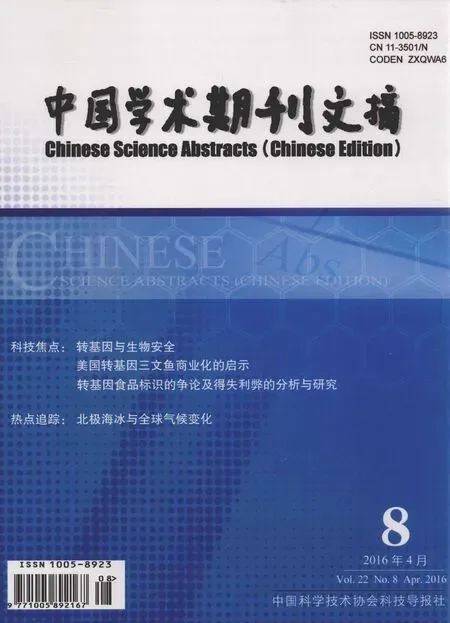The central role of diminishing sea ice in recent Arctic temperature amplification
Screen, James A; Simmonds, Ian
The central role of diminishing sea ice in recent Arctic temperature amplification
Screen, James A; Simmonds, Ian
Abstract:The rise in Arctic near-surface air temperatures has been almost twice as large as the global average in recent decades-a feature known as ‘Arctic amplification’. Increased concentrations of atmospheric greenhouse gases have driven Arctic and global average warming; however, the underlying causes of Arctic amplification remain uncertain. The roles of reductions in snow and sea ice cover and changes in atmospheric and oceanic circulation, cloud cover and water vapour are still matters of debate. A better understanding of the processes responsible for the
recent amplified warming is essential for assessing the likelihood, and impacts, of future rapid Arctic warming and sea ice loss. Here we show that the Arctic warming is strongest at the surface during most of the year and is primarily consistent with reductions in sea ice cover. Changes in cloud cover, in contrast, have not contributed strongly to recent warming. Increases in atmospheric water vapour content, partly in response to reduced sea ice cover, may have enhanced warming in the lower part of the atmosphere during summer and early autumn. We conclude that diminishing sea ice has had a leading role in recent Arctic temperature amplification. The findings reinforce suggestions that strong positive ice-temperature feedbacks have emerged in the Arctic, increasing the chances of further rapid warming and sea ice loss, and will probably affect polar ecosystems, ice-sheet mass balance and human activities in the Arctic.
来源出版物:Nature, 2010, 464(7293): 1334-1337
被引频次:325

